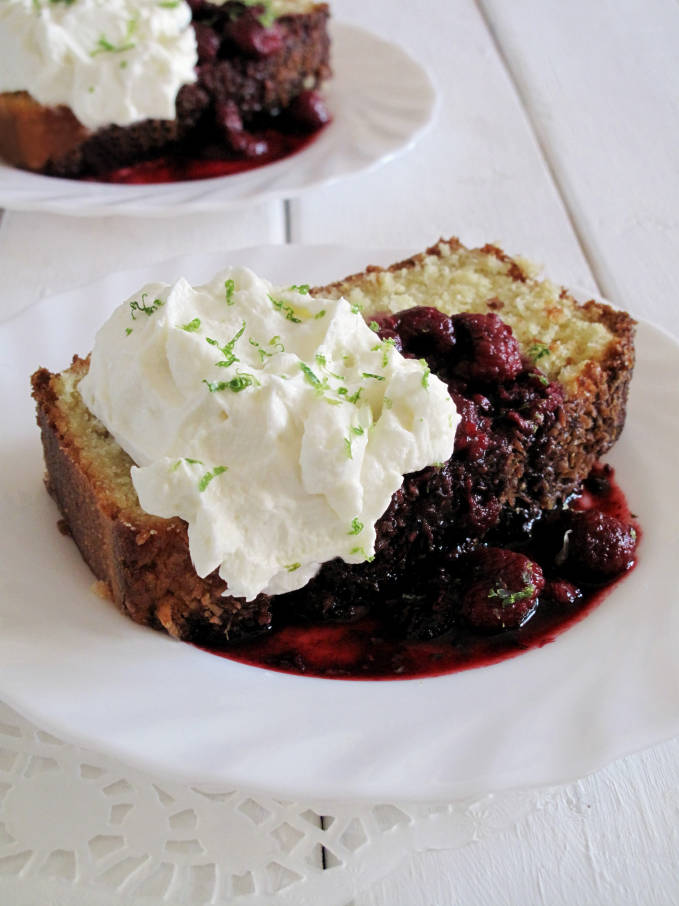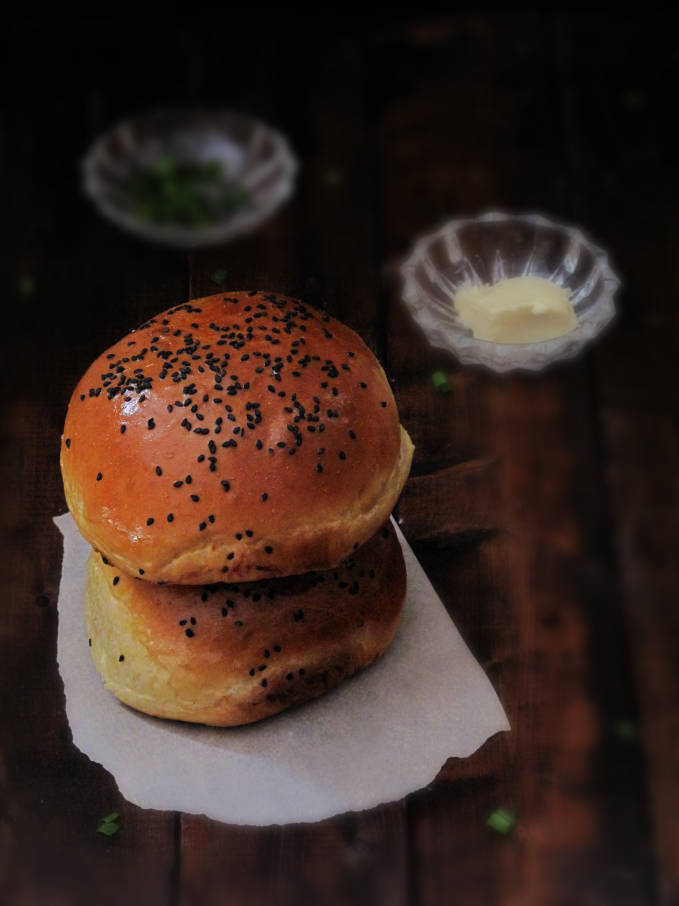It’s nice to cook with seasonal ingredients. Luckily for me, coconut is in season now in Canada so coconut bread is a good idea. By in season I mean a few packages of coconut flakes were being sold at my local grocery store, of course. Unfortunately, since the last ice age, coconut trees have not grown in Canada. If you’re in a tropical country you probably don’t even have to go buy coconut for this recipe, just walk outside and look around – it seems that tropical countries have coconut trees everywhere. Just open the coconut (you want a brown one) and hit it with a hammer so that the coconut “meat” separates from the shell, shred the “meat” in your food processor, and then dehydrate it. If you’re not lucky enough to live near a coconut tree then just buy some coconut flakes in the grocery store.

I used frozen raspberries for this recipe because I still had a lot left over from my raspberry hazelnut torte. While I was waiting for them to defrost I was reading the plastic bag they were stored in and found out that the raspberries were imported all the way from Lithuania.

